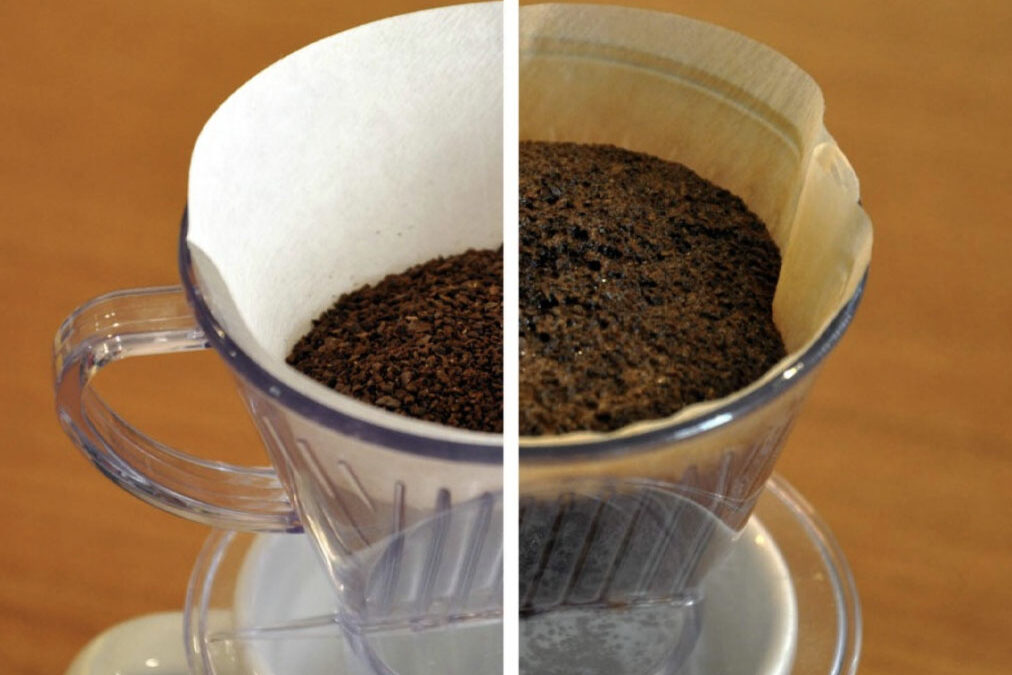6 Simple Steps
for bright, vibrant coffee with a Pour-Over Coffee MakerBy Bryan De Luca, August 28, 2020
Manual brewing methods are increasing in popularity as a generation of home baristas look to increase their control over the brewing process. This has led to increased interest in pour over coffee makers like those above.
If you’re wondering how to use a pour over coffee maker, wonder no longer. This is how it’s done.
Note: Manual drip brewing isn’t complicated, but you are taking control of every part of the brewing process. Grind size, water to grounds ratio, filter being used, water temperature, pouring speed, the specific coffee maker you’re using — these are all variables you can tweak (on purpose or inadvertently) which will affect the quality of your brew. What follows is the general method, but I encourage you to experiment with it to find the best method for you and your manual drip coffee maker!
How to Use a Pour Over Coffee Maker
Step 1: Grind your coffee beans
No single factor has a greater impact on your final cup than the initial grind.
Allow me to repeat: The grind is the most important part of your coffee.
Check out our related article on the different grind sizes to learn more about this super-important part of the brew process.
Step 2: Measure out your grounds and water
A good rule of thumb is 6 oz of water for every 2 tablespoons (10 grams) of ground coffee, and different grinds (e.g. medium-fine or medium) will have different optimal ratios. Find what works for you.
The Specialty Coffee Association has some good information on ratios.
Step 3: Heat your water
No single temperature is best for every cup of coffee. In general 195°F-205°F is the optimal range, but that’s not a hard-and-fast rule. Aerobie, the makers of the Aeropress, recommend using 175°F water!
For pour over coffee, though, you’ll probably want water as hot-off-the-boil as possible. This is because there’s no “open spout” lever that controls how long the water is trapped with the ground coffee. Instead, the water can fall through into the mug or collecting vessel on its own. Therefore, the hotter water speeds up dissolution and ensures a properly extracted cup.
This is a good forum thread on pour over temperatures.

